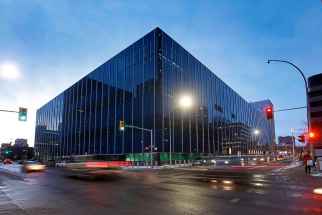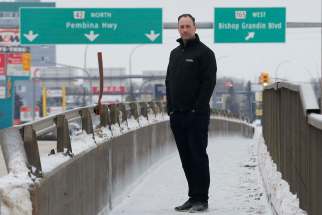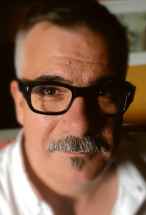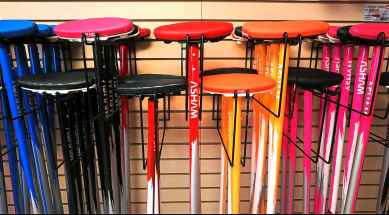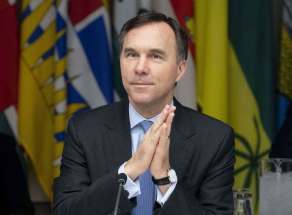‘Healthy dialogue’: city plan seeks to re-evaluate local monuments
Read this article for free:
or
Already have an account? Log in here »
To continue reading, please subscribe:
Monthly Digital Subscription
$0 for the first 4 weeks*
- Enjoy unlimited reading on winnipegfreepress.com
- Read the E-Edition, our digital replica newspaper
- Access News Break, our award-winning app
- Play interactive puzzles
*No charge for 4 weeks then price increases to the regular rate of $19.00 plus GST every four weeks. Offer available to new and qualified returning subscribers only. Cancel any time.
Monthly Digital Subscription
$4.75/week*
- Enjoy unlimited reading on winnipegfreepress.com
- Read the E-Edition, our digital replica newspaper
- Access News Break, our award-winning app
- Play interactive puzzles
*Billed as $19 plus GST every four weeks. Cancel any time.
To continue reading, please subscribe:
Add Free Press access to your Brandon Sun subscription for only an additional
$1 for the first 4 weeks*
*Your next subscription payment will increase by $1.00 and you will be charged $16.99 plus GST for four weeks. After four weeks, your payment will increase to $23.99 plus GST every four weeks.
Read unlimited articles for free today:
or
Already have an account? Log in here »
Hey there, time traveller!
This article was published 13/01/2020 (2155 days ago), so information in it may no longer be current.
What’s in a name? City of Winnipeg administration want members of the public to let it know.
HISTORICAL RE-EVALUATIONS
Several historical individuals were singled out Tuesday by Mayor Brian Bowman, who said their place in Winnipeg’s history needs to be re-evaluated.
“These historical figures were complicated men. I can understand why their reputations and actions are viewed so differently by people engaged in this discussion.”
● Vital-Justin Grandin, a Roman Catholic bishop on the Prairies, who was canonized in 1966. Supporter of Métis rights, but also played leading role in the federal government’s construction of residential schools. Commemorated with Bishop Grandin Boulevard, and St. Vital and St. Vital Shopping Centre.
Several historical individuals were singled out Tuesday by Mayor Brian Bowman, who said their place in Winnipeg’s history needs to be re-evaluated.
“These historical figures were complicated men. I can understand why their reputations and actions are viewed so differently by people engaged in this discussion.”
● Vital-Justin Grandin, a Roman Catholic bishop on the Prairies, who was canonized in 1966. Supporter of Métis rights, but also played leading role in the federal government’s construction of residential schools. Commemorated with Bishop Grandin Boulevard, and St. Vital and St. Vital Shopping Centre.
● Garnet Joseph Wolseley, commander of the Red River Expeditionary Force in 1870 to establish Canadian sovereignty in Manitoba and what was then the Northwest Territories. Commemorated in Winnipeg with Wolseley Avenue, Wolseley School and the Wolseley neighbourhood.
● Edgar Dewdney, Indian commissioner and lieutenant-governor of the Northwest Territories. His policies included withholding food rations from Indigenous people to force them to settle on reserves. Commemorated in Winnipeg with a street name in Point Douglas.
● Donald Alexander Smith, first Baron Strathcona and Mount Royal. A British Empire businessman and philanthropist, co-founded the CPR, a governor of the Hudson’s Bay Company. Bowman said Smith was frequently criticized for corruption. Commemorated in Winnipeg with Donald Street, Smith Street, and Strathcona Street.
After Mayor Brian Bowman announced last year the city would re-evaluate how Winnipeg’s landmarks are named, citing complaints about several problematic historical figures whose names grace local monuments, the public service has come back with a new policy to be discussed at the executive policy committee meeting Tuesday.
“Welcoming Winnipeg: Reconciling Our History” looks at ways to name, rename or add context to current landmarks, such as Bishop Grandin Boulevard and St. Vital Centre. Both were named after Vital-Justin Grandin, who helped the federal government build residential schools that tore Indigenous families apart.
Rhonda Forgues, manager of the city’s Indigenous relations division, wasn’t made available for an interview before the EPC policy discussion. But in the report she authored, Forgues discussed the traditional omission of Indigenous history in Winnipeg’s architecture.
“Indigenous peoples are the original peoples of this land and have contributed to the creation and evolution of this city. However, this is not evident in our day-to-day movement, the surroundings and the environment,” the report says.
“As Winnipeg has a large Indigenous population, it is extremely important that Winnipeg takes on a leadership role to resolve the absence of Indigenous history and perspective within our city.”
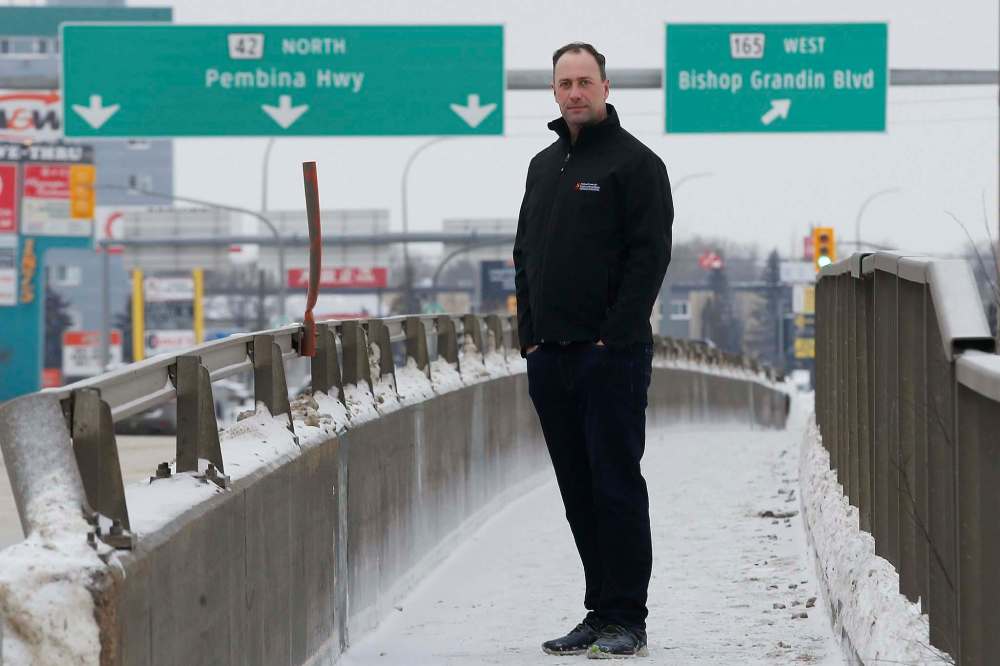
Ry Moran, director of the National Centre for Truth and Reconciliation, agrees.
He said he was pleased to see the public service recommend establishing a committee that consists of diverse community members to field public applications about naming or renaming local spaces. (There would be a fee attached to each application, though no cost estimates were laid out in the report.)
The vetted applications would then be forwarded to EPC and city council for consideration.
“I think it’s part of just a very healthy dialogue the city needs to have. And I think what’s really important is that there’s the ability for many communities, and especially communities that haven’t necessarily been listened to (in the past), to have a voice in this,” Moran said.
Mayor launches plan to reconsider landmarks named for controversial figures
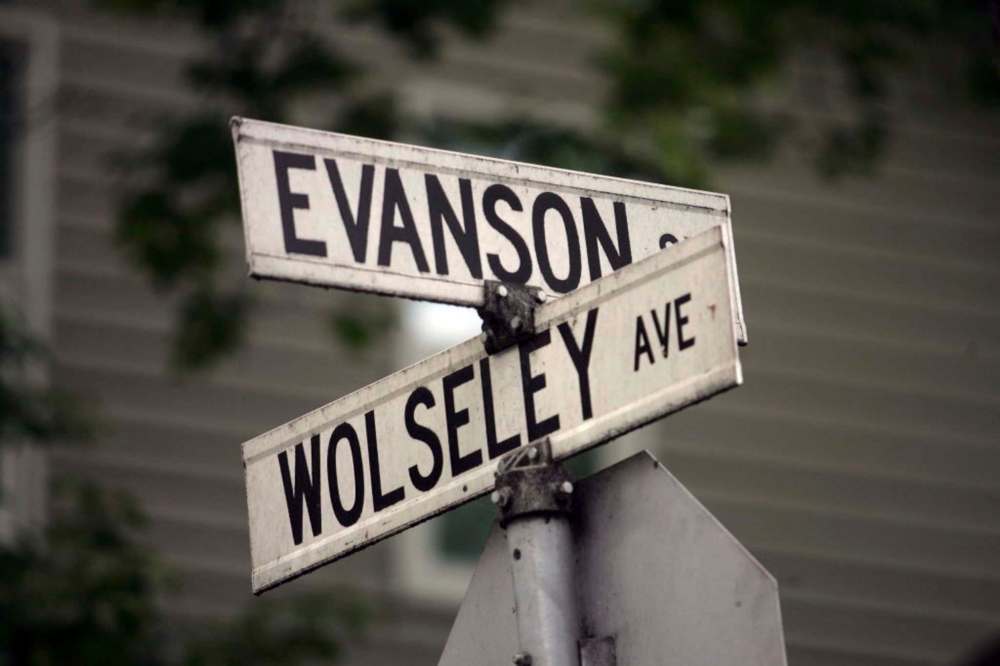
Posted:
City hall is asking Winnipeggers to help it develop a policy to deal with the monuments and place names established for historical figures once considered founding fathers but now seen through a modern lens as racists, scoundrels, con men and murderers.
Civic administration recommended the public committee be composed of 50 per cent Indigenous and 50 per cent non-Indigenous, with an emphasis on gender balance, representation of LGBTTQ+, two-spirit and non-binary people, and inclusion of historians, archivists, researchers, elders and youth.
Karine Duhamel, curator of Indigenous content at the Canadian Museum for Human Rights, applauded the city for taking on such a task.
While other Canadian centres, such as Victoria and Halifax, have removed monuments to historical heavyweights such as Sir John A. Macdonald and Edward Cornwallis, and American cities have grappled with the existence of monuments to Confederate heroes, she said Winnipeg seems to be taking a more proactive stance.
“There’s been other places in Canada where the conversation has come to a head around a specific monument or a place where people have sort of reacted and we haven’t necessarily had time to think about all the different dimensions of what commemoration should be and what it should be used for,” Duhamel said. “So I think it’s really positive that the city is thinking about this.”
Both Duhamel and Gordon Goldsborough, president of the Manitoba Historical Society, cautioned against immediately removing historical markers.
“To my mind, the whole point of history is to remind you of those things so that you don’t make those mistakes again,” Goldsborough said.
In a “What We Heard” report outlining public feedback, civic administration noted ways to provide more context to existing monuments or public spaces, such as adding plaques with more current information, rather than removing them.
Welcoming Winnipeg: What We Heard report
Some members of the public mentioned they weren’t fans of honorary names being added to current landmarks, likely because they don’t have the same importance as permanent names, Goldsborough said.
He urged any new committee established to do its own research as well, seeking out ways to improve Winnipeg monuments rather than waiting solely for public applicants to voice concerns.
Moran underscored the “Welcoming Winnipeg” policy could open doors for the city to embrace its diversity.
“We’ve just got this huge opportunity here to do better,” he said. “To be more honest and be more open-minded, and let’s see where it takes us.”
jessica.botelho@freepress.mb.ca
Twitter: @_jessbu



